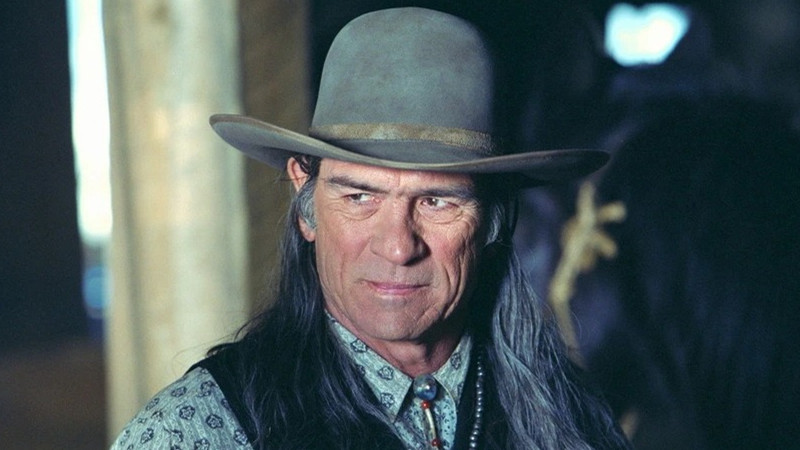
Westerns are an important piece of cinema history. From its popularity in the early days to its sporadic appearance in current times, the western has always been a significant form of storytelling.
It maintains simplicity with characters in simpler times. It comes down to a man and his horse. A gun in his holster. A card game in the saloon with a shot of whiskey. Nothing but the essentials were needed in the lives of cowboys and outlaws. Even when westerns gained complexity in cinema throughout the 1970s, the essentials are always there and will never change.
1. The Gunfighter (1950)
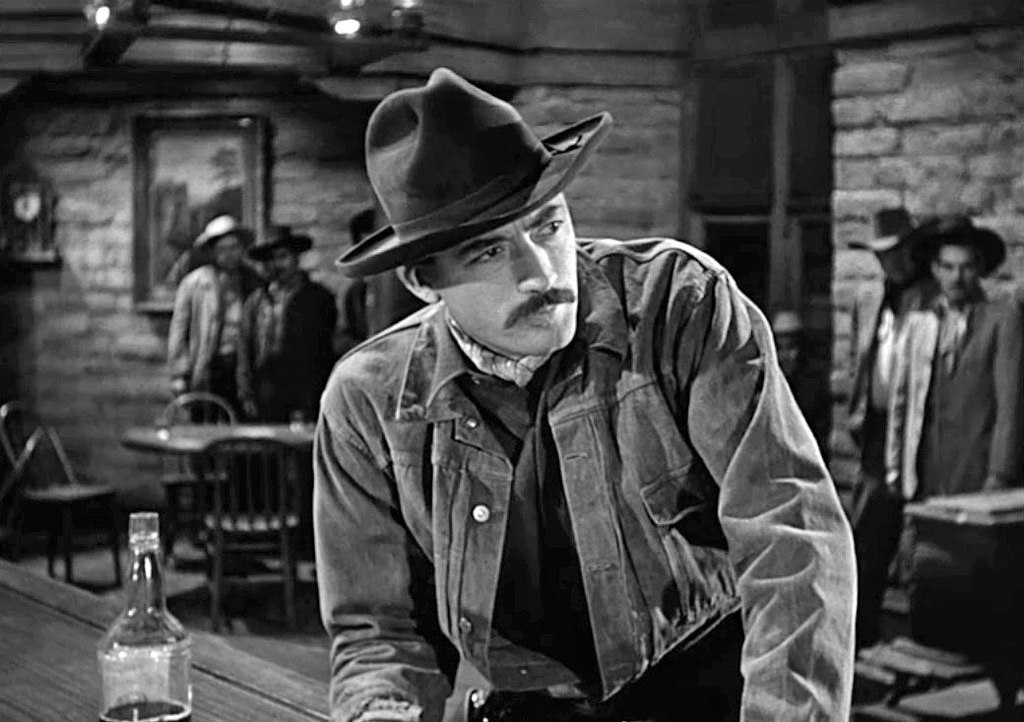
Back when westerns were the norm in entertainment, Gregory Peck plays Jimmy Ringo simply known as the “fastest gun in the West.” Peck did westerns throughout his legendary acting career with this being one of his first. For a role that was originally intended for the king of westerns John Wayne, Peck brings his own brand of machismo. He handles the role of Ringo with such ease and strength.
Appearing in one of his earliest film roles is the acclaimed character actor Karl Malden. He was close to stardom as he would appear in his breakout role one year later as Mitch in A Streetcar Named Desire. It would earn him an Academy Award for Best Supporting Actor. Peck himself earned an Academy Award for Best Actor over a decade later in the infamous role of Atticus Finch in To Kill A Mockingbird. Gregory Peck in The Gunfighter is the kind of Americana that audiences enjoyed back in the day and it’s still entertaining today.
2. The Shooting (1966)
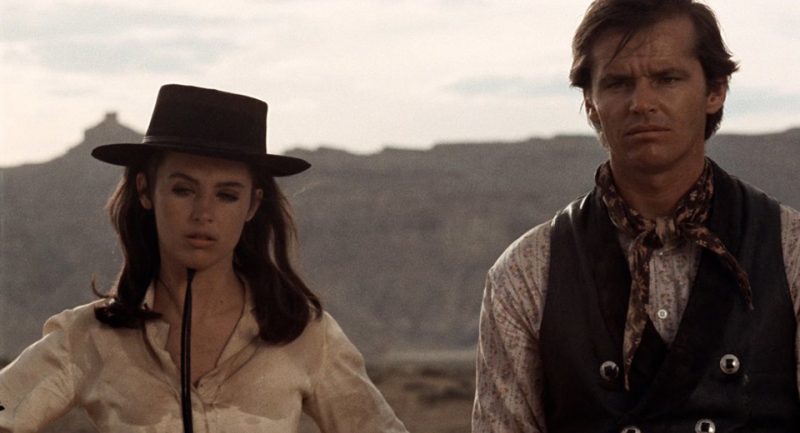
Independent Film Icon Roger Corman was responsible for starting the careers of some of our greatest directors: Martin Scorsese, James Cameron, Ron Howard and Francis Ford Coppola to name a few. He also made way for some of our greatest actors: Robert De Niro, Dennis Hopper, Peter Fonda. Not to be excluded in that list of celebrated names is Jack Nicholson. His many collaborations with Corman spanned through the 1960s and prepared him to break out as one of the greatest actors of the 1970s with the famous films: 5 Easy Pieces, Carnal Knowledge, The Last Detail, Chinatown and One Flew Over The Cuckoo’s Nest which earned him his first of three Oscars.
Back in 1966, he would appear in his 13th role with Corman and fourth time working with Director Monte Hellman. Corman was known for shooting movies on the cheap and doing what he could to save money. An agreement was made between him and Hellman to shoot not one, but two westerns: The Shooting and Ride In The Whirlwind. Both with Jack Nicholson over a draining six-week period in Utah. In 1966, the average film budget was over 1.5 million. The Shooting was budgeted at a measly $75,000 with any extra costs coming out of Hellman and Nicholson’s pockets. They finished within their budget and the result is worth the watch.
3. The Big Country (1958)
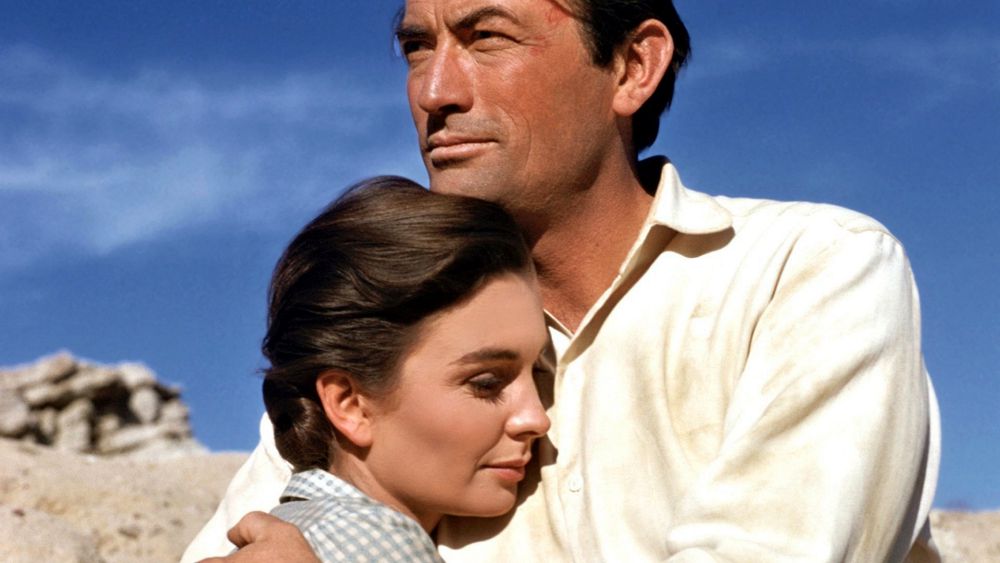
William Wyler was one of the most prolific directors of his era. He started making two-reeler silent films in the 1920s with running times of 24 minutes. By the time he got to sound films, they were feature-length and the first two happened to be westerns. He only made a couple more after that such as The Westerner with Gary Cooper in 1940. By the time 1958 rolled around, he had graduated to epics with The Big Country.
Starring Gregory Peck who would co-produce the film with Wyler, it also starred another screen legend – Charlton Heston. He would star in Wyler’s next and most well-known film, Ben-Hur, when it was released the following year. Burl Ives is also in the cast and this performance would earn him an Academy Award for his role as Rufus Hannassey. In that same year, he played his most notable role as Big Daddy Pollitt in Cat On A Hot Tin Roof. William Wyler’s filmography has a lot of films that need to be seen by audiences and this is absolutely one of them.
4. The Man Who Loved Cat Dancing (1973)
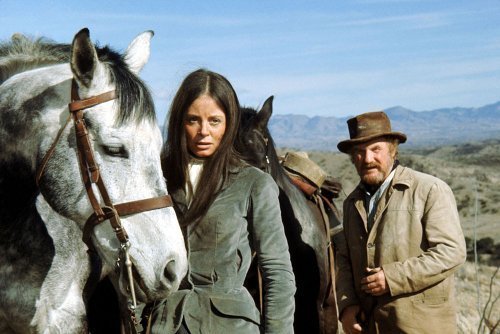
One of the greatest movie stars of all time, Burt Reynolds, played tough just as well as funny as he does here. He’s an outlaw who gets mixed up with a woman he rescues from abduction. This is the kind of role Reynolds thrives in – a strong outlaw who does the right thing even if it brings him grief. Reynolds loved the book and was intrigued by the script mainly because it was a love story which he hadn’t done before. It’s important to note that this was very early in Reynolds’ career. The previous year, Deliverance was released which turned out to be his breakthrough role. His most notorious movies were still to come – Smokey And The Bandit, The Longest Yard, Cannonball Run and Boogie Nights.
Rounding out the cast are two renowned actors, Lee J. Cobb and Jack Warden who add legitimacy to the film. Adapted from the best-selling novel of the same name, this is a western in the time of transitioning cinema and has a look and feel unlike anything before it. For any Burt Reynolds fan, this is a must see. For any western fan, it’s required viewing.
5. The Long Riders (1980)
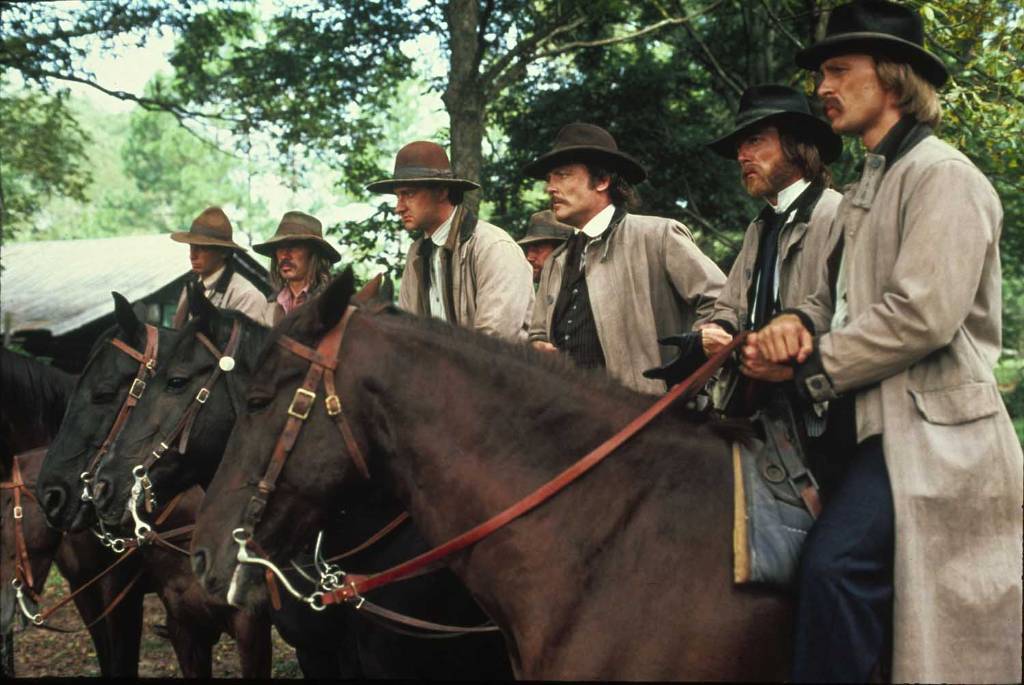
Director Walter Hill breathed new life into the western genre throughout his illustrious career. That started with this film about a bunch of robbers made up entirely of brothers. The film contains well composed action as the sets of robbers take on banks and stagecoaches. After a lot of success, they set their sights high but a Detective Agency is on their trail and waiting for them at their most ambitious robbery.
The four sets of actors who played brothers were in fact real-life brothers. James and Stacy Keach as Jesse and Frank James. David, Keith and Robert Carradine as the Younger Brothers. Dennis and Randy Quaid as Ed and Clell Miller. Christopher and Nicholas Guest as Charley and Robert Ford. This unique casting paid off as all four sets of brothers were played extraordinarily well and each actor went on to have a successful career. Walter Hill was ecstatic at finally getting to direct a western and it shows.